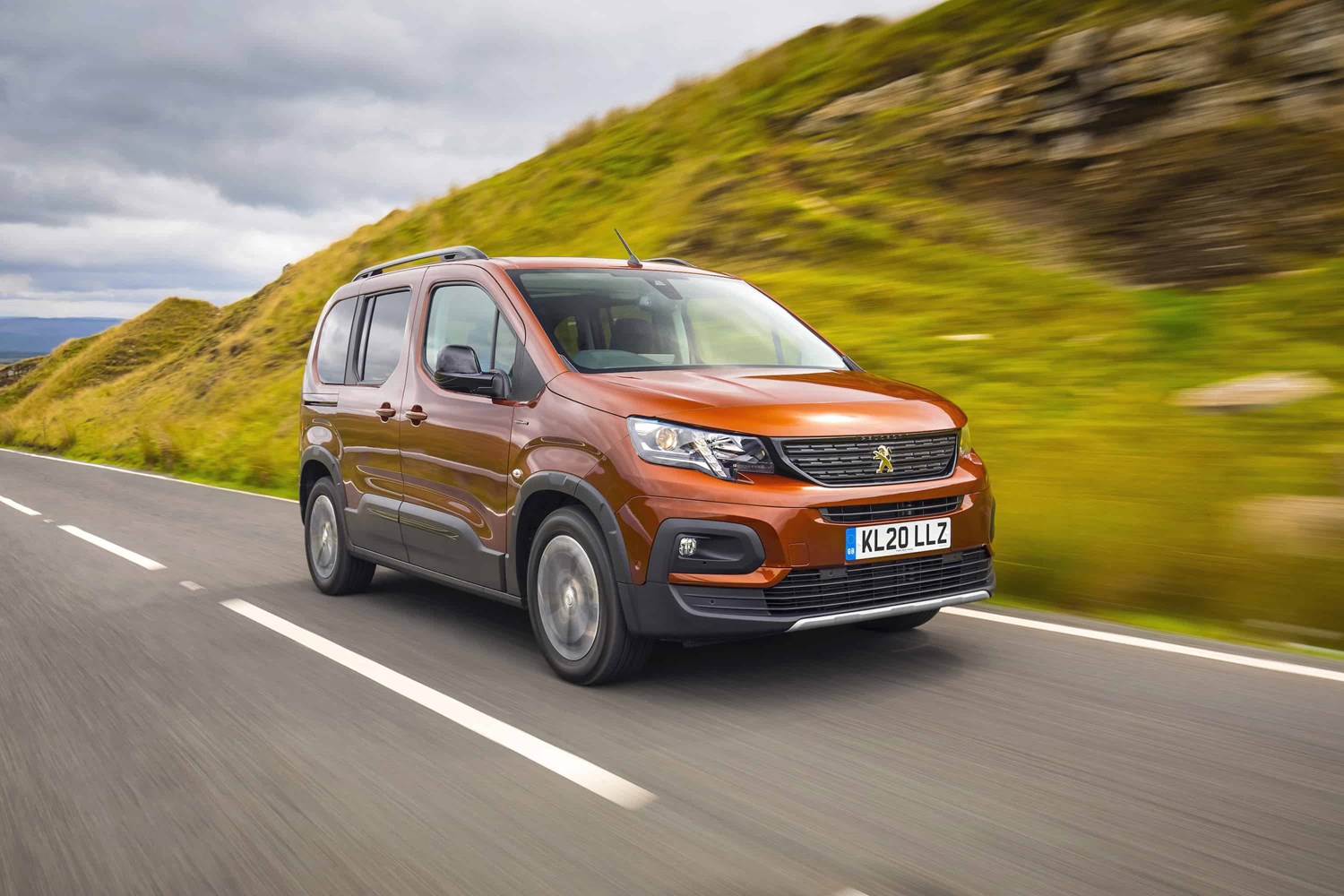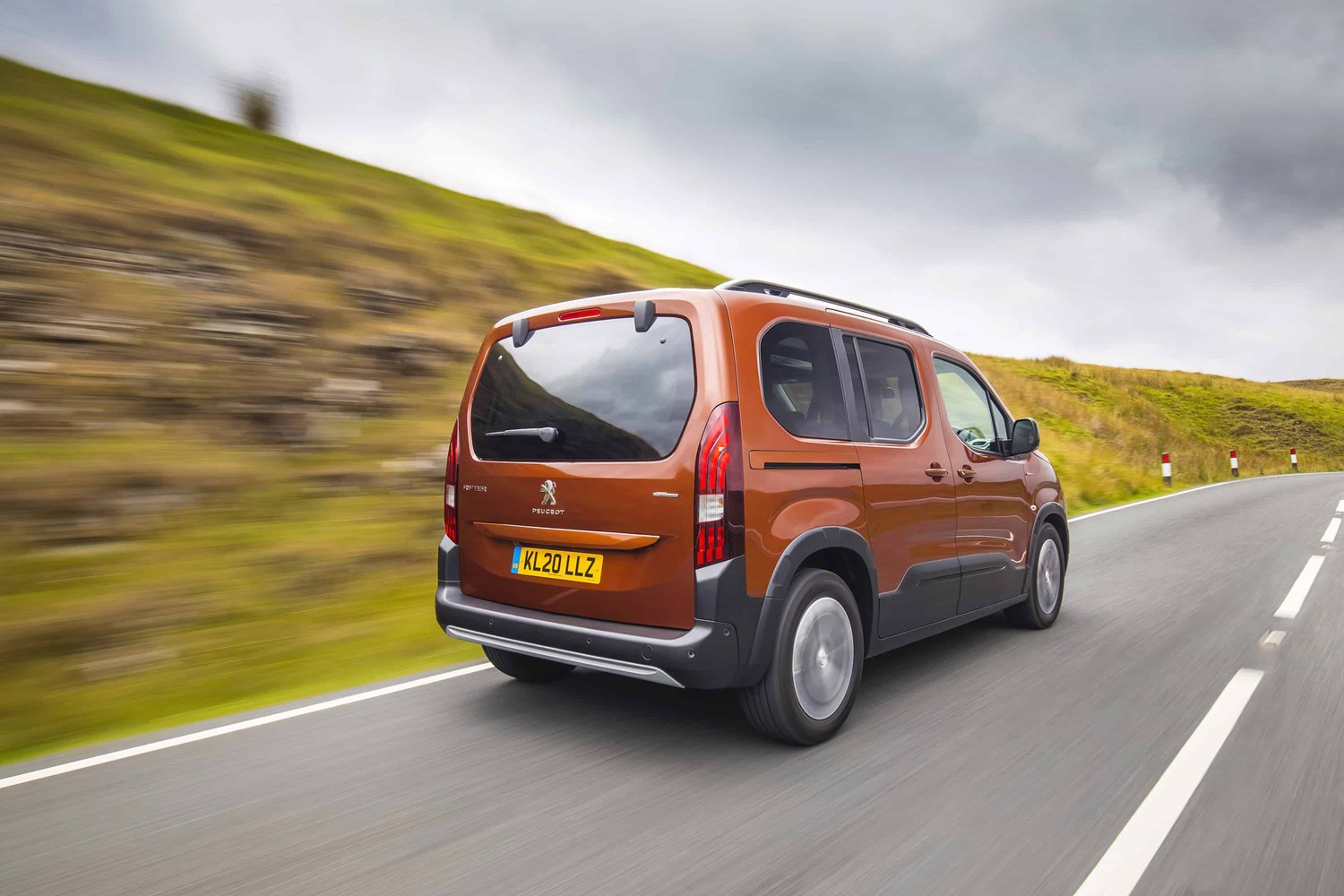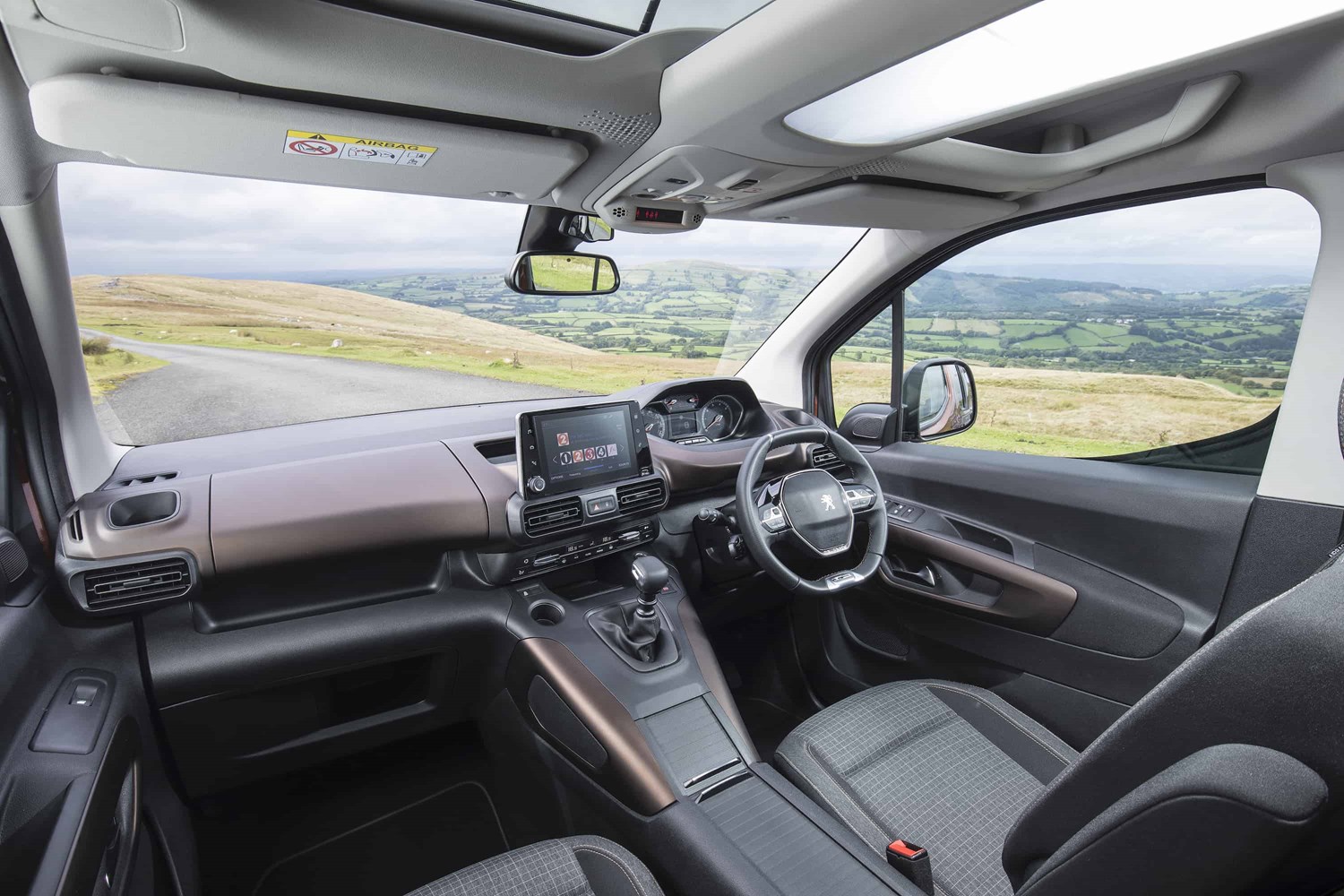Space and practicality
Much like the Partner van which it’s based on, the Rifter is available in two wheelbase flavours. The biggest change is the addition of a seven-seats available on both versions. That flexibility will be more than suitable for most families.
What’s so special about the Rifter, though, is how usable the cabin is. It’s extremely well packaged and thought through, with 180 litres of space in just the cubby holes and door bins alone – that’s similar to what you would find in some city cars.
What’s also great is the flexibility of the seating. The second row of seats can be folded into the floor with the ability to remove the third pair individually. The long wheel-based version, unsurprisingly, has van like levels of space, boasting 1,050 litres with the seats in place, growing to 4,000 litres with them folded flat. The standard version has slightly less, with 775 litres of space with the seats up, expanding to 3,000 litres with all the seats down.
Engines
While there are no electrified versions in the current line-up, Peugeot has confirmed there is one on the way. For now, the choice is limited to a mix of petrol and diesel engines.
The diesel range starts with a 74bhp 1.5-litre which feels a little lacklustre when it comes to performance, 0-60mph takes a laboured 16 seconds and it feels every bit as slow as it is. But let’s be honest, no one buys a van-based MPV for thrills behind the wheel.
For more pep, we’d recommend the more powerful 128bhp (Blue HDi 130) as it will do the best job around town but also at motorway pace, while managing to keep good economy. A 100bhp derivative is also available.
Petrol wise, the turbocharged 109bhp 1.2-litre Puretech 110, is a good option. It doesn’t have the low-down pull of the diesel, but it is flexible and feels peppy enough if you’re happy to push it hard.
The Rifter, while having rugged styling, doesn’t have the go-anywhere ability its looks might suggest. Yes, it’s got a slightly higher ground clearance, but it doesn’t come with any off-roading or four-wheel drive technology you’ll find in more expensive crossovers or SUVs.
Running costs
Running costs across the range should be pretty manageable, although there are no electric or hybrid versions for ultimate economy or low emissions. The Puretech 110 is likely to be the best seller, but the BlueHDi diesels are going to be the cheapest to run with better fuel economy.
The BlueHdi 75 will average around 68mpg with emissions of 109 g/km of CO2, and at the other end of the scale, the BlueHDi 130 will return an official economy of 65.7mpg and emissions of 114g/km.





